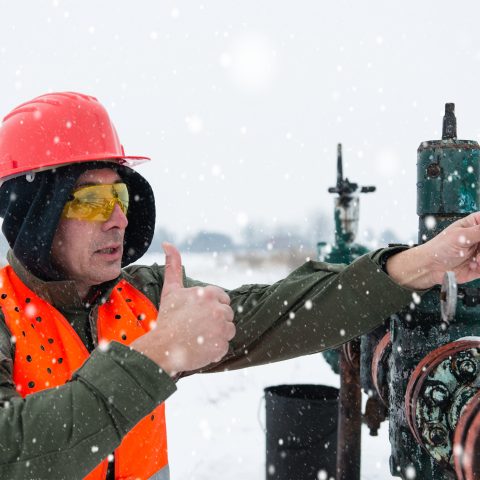All industrial facilities need to have processes operating properly to meet the demands of their production schedule. Any disruption or shutdown can cost a facility millions of dollars. This makes it important to audit your heat management system. Winter storms, and other natural weather disasters, can cause major issues if facilities are not well maintained or properly protected. Pipes and instruments can freeze causing days of downtime. Poor insulation can also lead to frozen pipes and instrumentation issues. But what can you do to mitigate this risk?
What Puts a Heat Management System at Risk?
A heat management system keeps these facilities operating safely and at peak performance if maintained properly. However, many facilities do not have dedicated heat tracing maintenance or operations teams watching over these systems on a regular basis. The system could be operating fine for months or years without issues, but systems do age and may be exposed by impacts from winter events.
Heat tracing can be complicated if you are not familiar with the overall system. Some see electric heat tracing (EHT) as just the heating cable; however, a complete heat management system considers many components beyond the heat tracing cables alone. They include:
- The heating cables
- Power and termination connections
- Temperature sensors
- Heat trace control systems
- Power distribution
- Insulation systems
- Winterized instrument enclosures
These components of a heat tracing system need to be well designed and maintained to protect your facility.
The Importance of Preventive Maintenance
It’s important to be proactive and have a preventive maintenance program in place. Maintaining a heat management system should be done prior to the winter season, not during. You do not want to react to system failures, but rather be prepared and mitigate any potential upsets.
A heat management system audit is great way to get started. The process allows you to identify any vulnerabilities with your system and put together a plan to address it. An audit can:
- Identify problems before they impact operations
- Identify system reliability needs based on data
- Establish records of your heat tracing
Why Audit Your Heat Management System?
A good audit program needs to address these basic elements to your heat management system:
- What a properly “as-designed” heat tracing system looks like and how to inspect for deficiencies
- The deliverables that are provided during an audit
- Additional post audit services that can be maintain the heath of your system
Can Auditing a System Help Optimize Energy Consumption?
Efficient energy management is at the core of any sustainability strategy. An audit of your heat tracing management system helps you understand your energy consumption patterns and identify opportunities for optimization. By examining the usage and performance of your heat tracing equipment, you can determine if adjustments or upgrades are necessary. Upgrading to newer, energy-efficient technologies and implementing smart controls can result in substantial energy savings while maintaining optimal process temperatures.
An audit is a great entry point to evaluate the overall health of your heat management system. Avoid untimely surprises like frozen lines and incorrect control panel operation that could lead to safety issues. Audits help you take action and implement preventive maintenance measures to repair or replace vulnerabilities before costly shutdowns.
By aligning your heat tracing infrastructure with long-term sustainability goals, you can maximize efficiency, reduce costs, and make strides towards a greener future.
Ready for your next system audit? Connect with our Winter Expert hot line at Thermal.info@nVent.com, or visit us at the RAYCHEM website.
You can also download our checklist. Click below to access.



